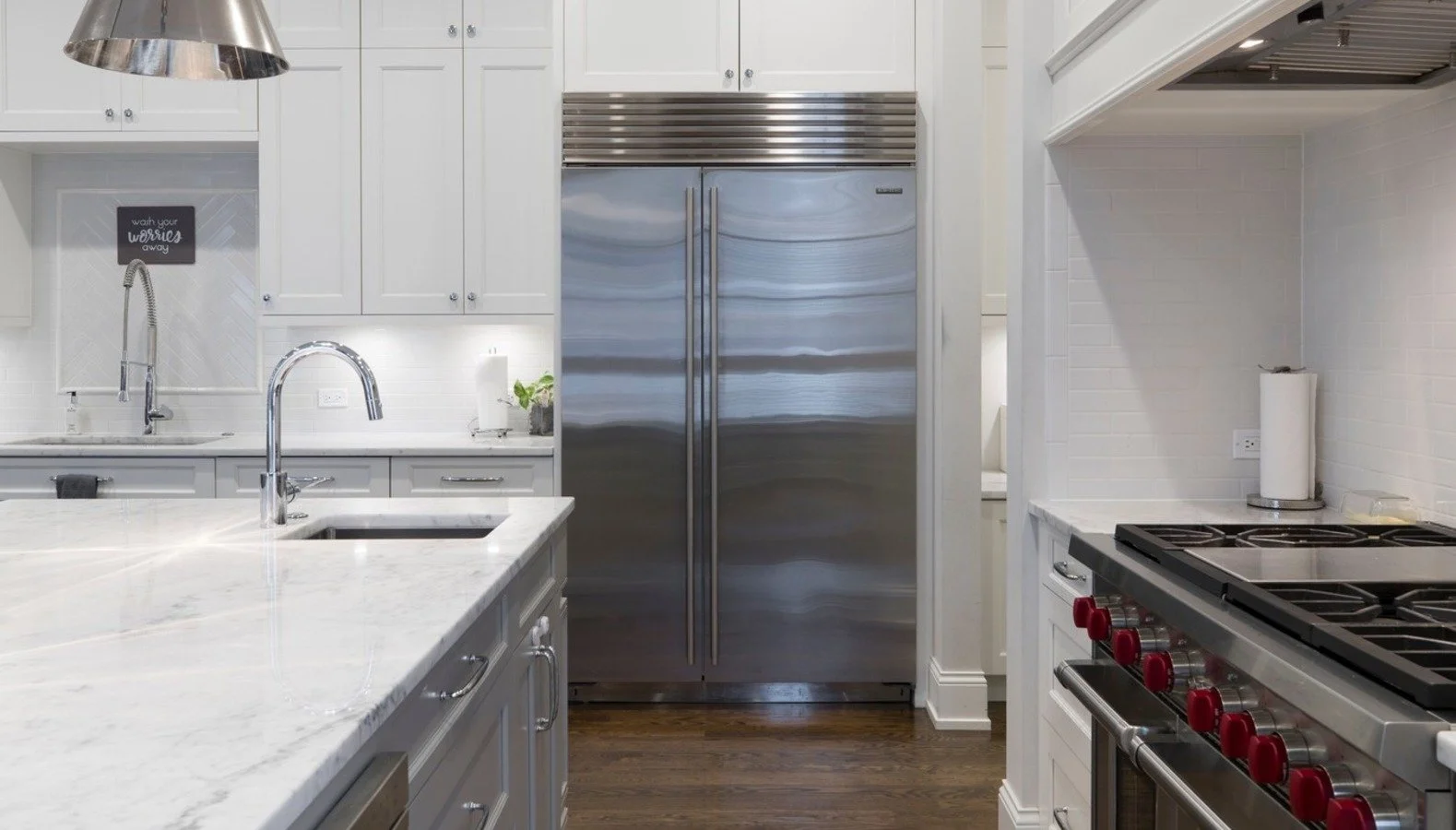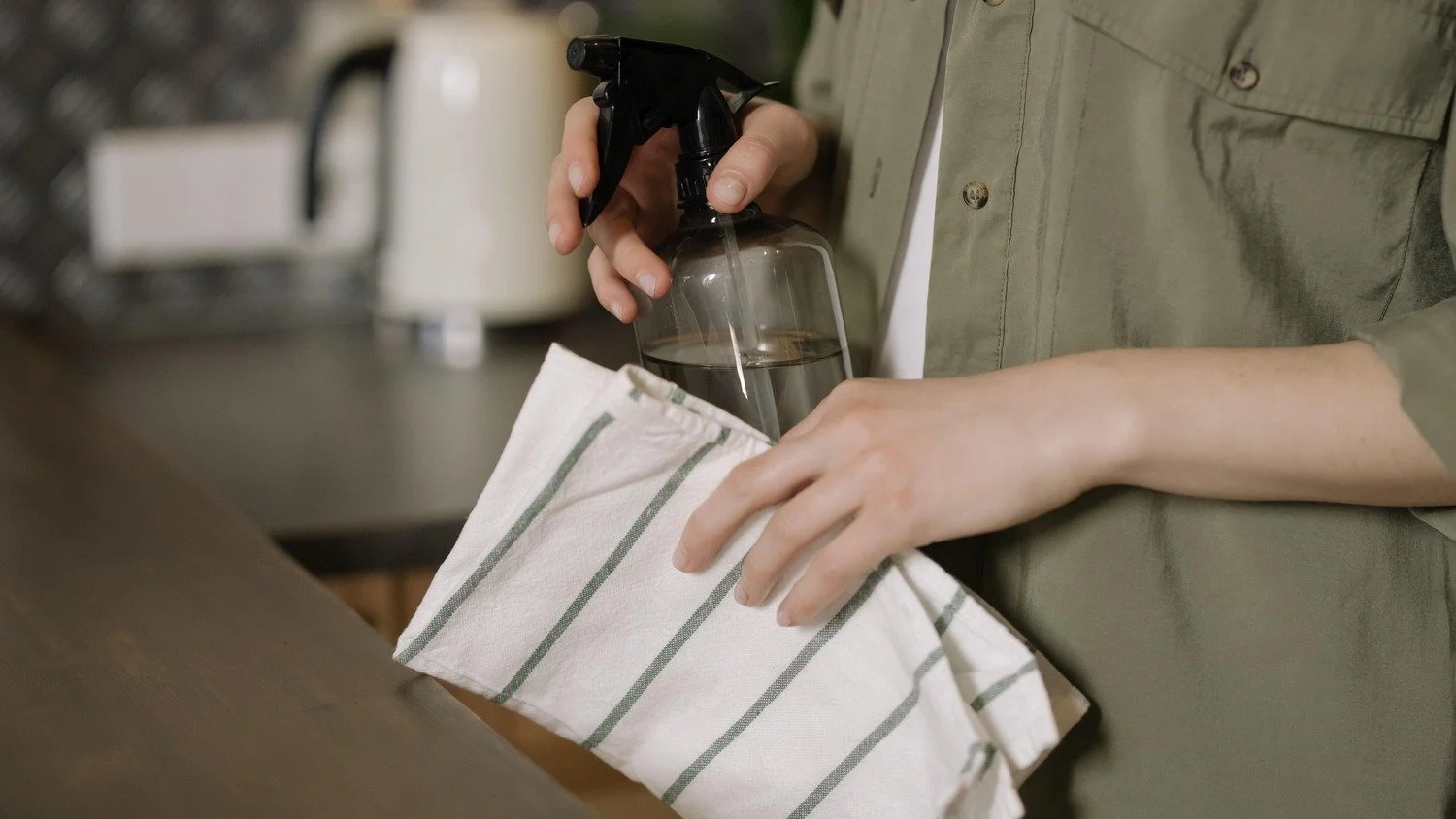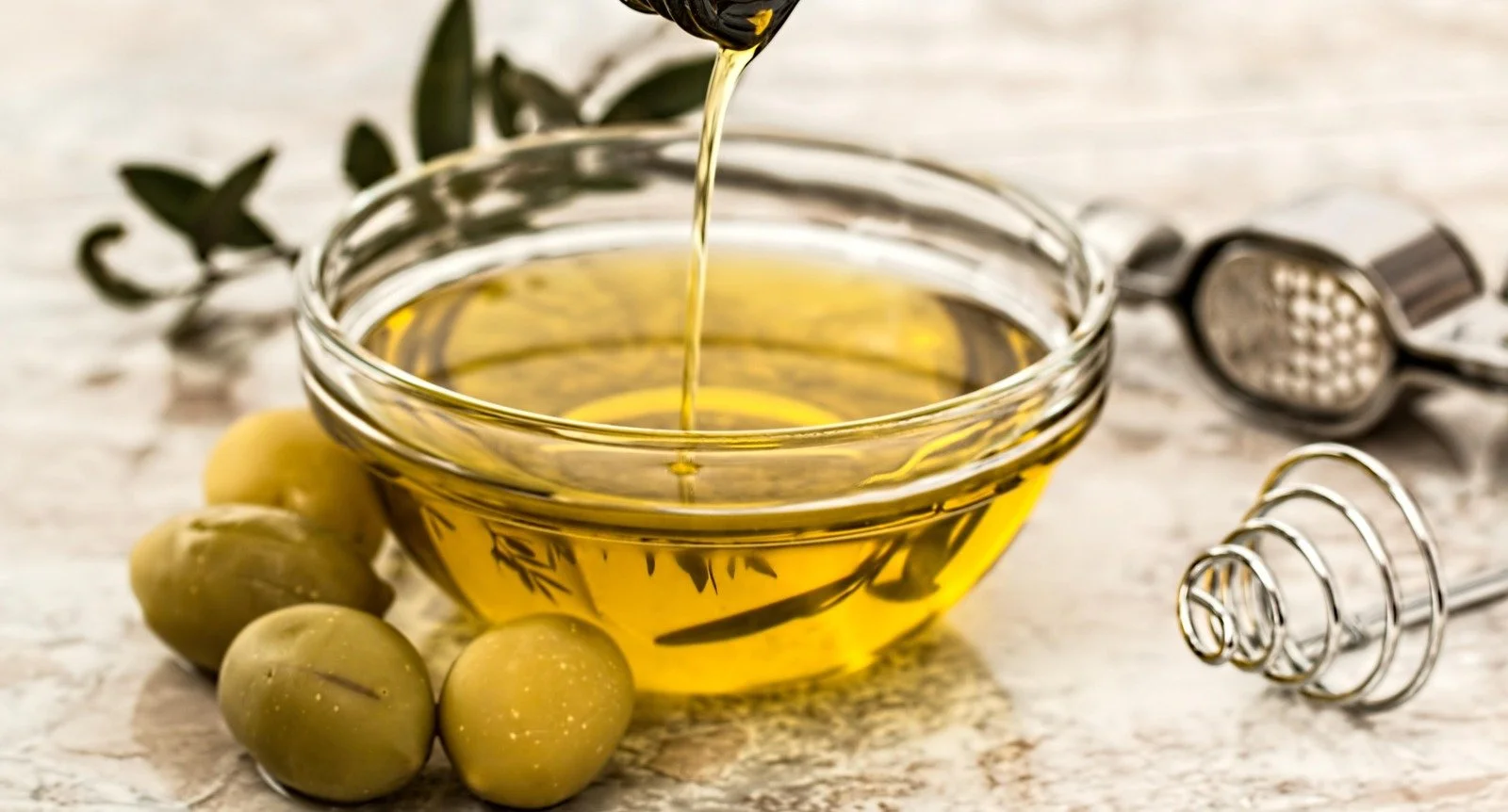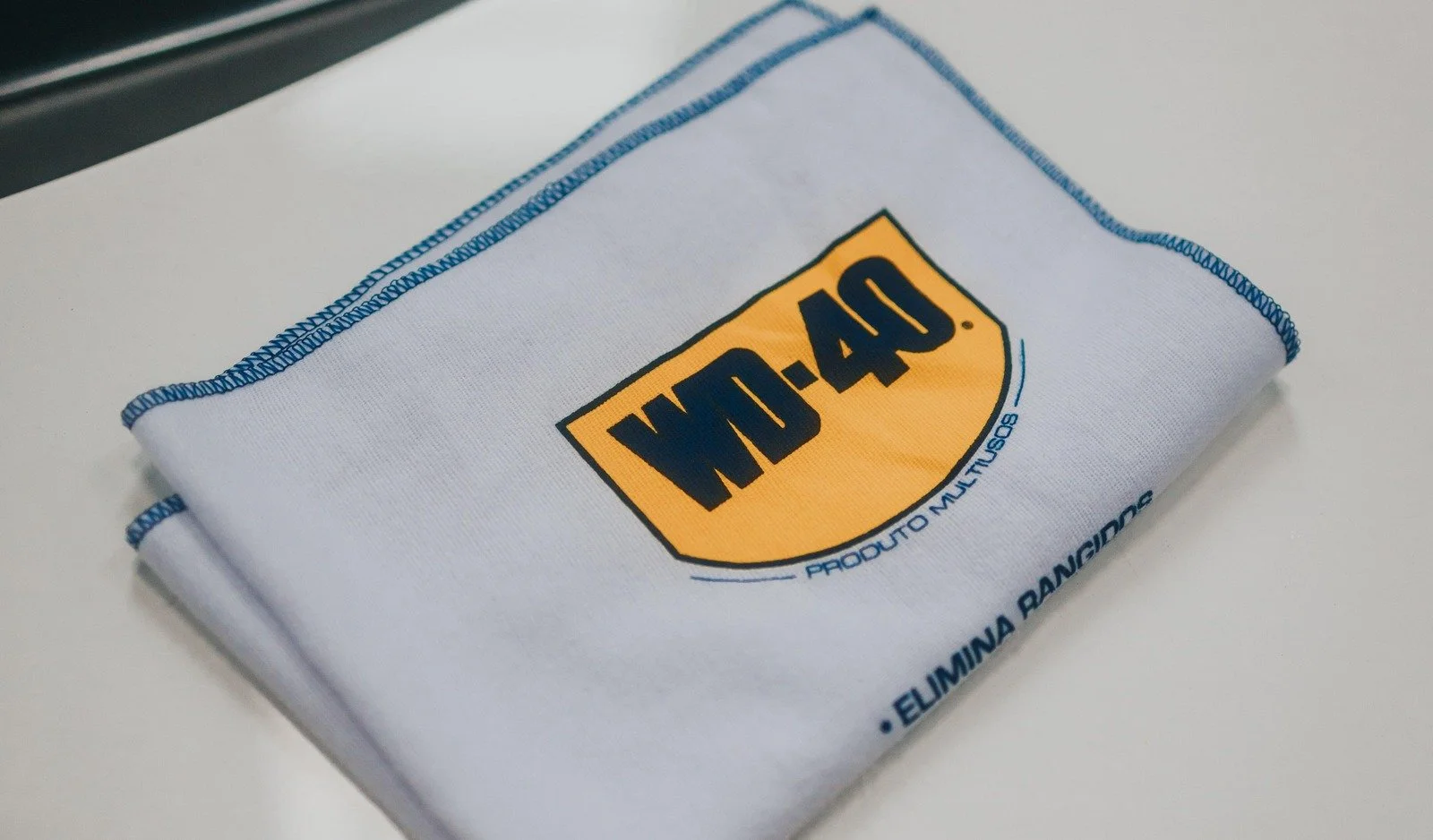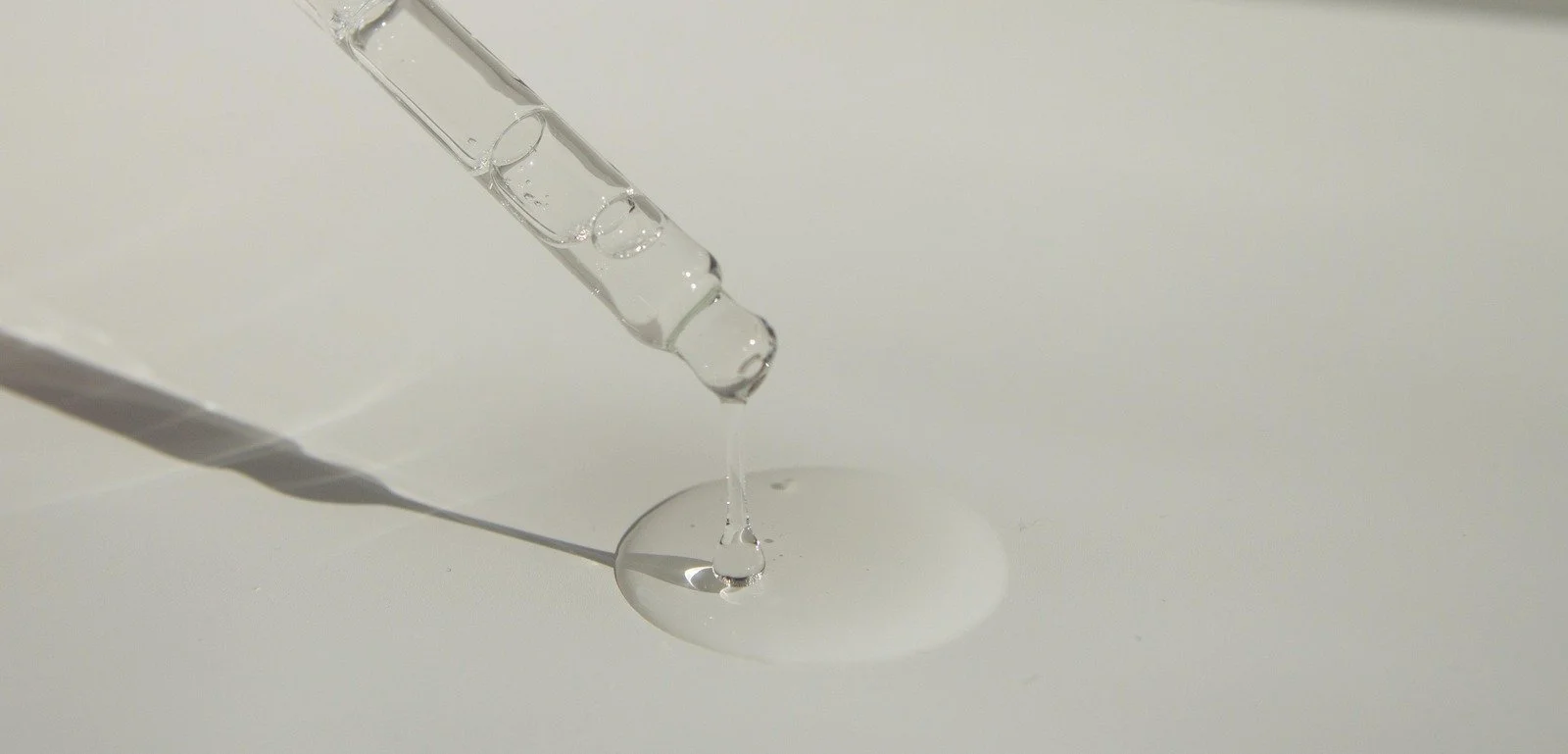How to Clean and Polish your Stainless Steel with Household Items
Stainless steel - the timeless beauty that can age like a fine wine...or a not-so-fine one, depending on how well you take care of it.
Luckily with some items that you likely have in your home right now you can keep you stainless steel in mint condition and preserve its luster for years to come.
Polishing stainless steel isn't just a cosmetic touch-up, it also comes with some practical perks. So, why not give your stainless steel some love? Here are some of the benefits:
Why Polish your Stainless Steel
Debris Removal: Even the most inconspicuous debris can be eliminated through polishing.
Reduction of Corrosion: Crevices that foster rust can be reduced through consistent polishing.
Appearance: Polishing your stainless steel keeps it shiny and smudgeless to ensure you impress any guests.
Cleaning your Stainless Steel
Before getting into polishing, it’s important to make sure that your stainless steel is clean. Here’s how to clean it:
Start with a gentle cleaner
While many all purpose cleaning solutions can do the trick, a little dish soap and water will also work. Avoid using acidic or abrasive cleaners, which can damage the finish on your stainless steel.
Use a soft microfiber cloth to gently scrub the stainless steel
Avoid using steel wool or other scrubbers, as these can leave scratches on the surface of your stainless steel.
Wipe once more with a wet cloth to ensure there is no excess cleaner on the surface.
Dry it thoroughly with a clean cloth.
Polishing Stainless Steel
If your stainless steel is still looking dull and streaky, it’s time to polish it. Here are some tips to get the job done right:
Apply a stainless steel cleaner/polish to a microfiber cloth
Use the microfiber cloth to gently wipe the stainless steel surface in a side to side motion going with the grain.
Dry any excess cleaner or polish.
After you’ve polished the surface, use a clean and dry microfiber cloth to wipe away any excess polish.
Tips for Keeping Your Stainless Steel Clean and Shiny
Avoid using harsh cleaners or abrasive scrubbers.
These can damage the finish on your stainless steel. More on that later.
Get tough stains off as soon as possible
If you encounter a stain on your stainless steel, such as grease or dried food, be sure to clean it as soon as possible to avoid damage to your stainless steel.
Don’t forget to clean the crevices
Stainless steel appliances often have crevices and hard-to-reach areas that can collect dirt and grime. Be sure to clean these areas thoroughly to avoid buildup.
Dry your stainless steel after cleaning
Water spots and hard water stains can accumulate on stainless steel, making cleaning it much more difficult. Be sure to dry the surface with a clean and dry cloth after cleaning or polishing.
Substitutes for Stainless Steel Cleaner/Polish
If you don’t have a stainless steel cleaner handy, then there are a few household items that you can use to polish your appliances in a pinch.
Be sure to thoroughly clean the stainless steel before using these polishing agents. You can simply use dish soap and water to take off the grime and smudges before polishing.
Olive Oil
It may come as a surprise that olive oil can work wonders as a natural polishing agent for stainless steel, but it has been used for centuries.
Just like with the Weiman Stainless Steel Cleaner, work the olive oil into the stainless steel with side to side motions, and be sure to cover the entire surface of the object that you are polishing.
Be sure to go over it with a dry cloth to make sure there is no excess oil left over.
Drying the surface is crucial as leftover oil over time can dull the stainless steel or leave an oily residue on anything that touches it.
Baby Oil
Baby oil can be used to polish many furniture items in a pinch and stainless steel is no exception.
For the best results use unscented baby oil.
Similar to the other polishing agents we have discussed it is important to be very sparring with baby oil. Once again follow the same routine as the other polishes and work the oil in with the grain; then follow that up by wiping with a dry cloth.
WD-40
It’s time to get out the dusty can of WD-40 from the garage. It contains solvents and oils that can help remove grime and smudges from stainless steel surfaces.
Lemon Oil Furniture Polish
A natural and effective way to polish stainless steel surfaces is by using lemon oil. It wipes away fingerprints while leaving a protective layer of oil to prevent future damage.
Flour
Using flour to polish stainless steel is an unconventional but effective method.
Simply sprinkle some flour onto a microfiber cloth and work it into the surface.
The flour acts as a gentle abrasive and helps to remove any stains or marks on the surface of the stainless steel.
Mineral Oil
Often used as a lubricant and protectant for metal surfaces, mineral oil is an odorless way to keep your stainless steel glistening.
Mineral oil is perfect for stainless steel sinks as it deters hard water and algae buildup.
Baking Soda
A little bit of baking soda and a damp cloth is a food safe way to brighten up your stainless steel appliances.
Baking soda is mildly abrasive, so it’s important to go with the grain to avoid scratching the surface.
Things to Avoid on your Stainless Steel
Steel wool or Abrasive brushes - can leave scratches
Ammonia - causes discoloration and damage
Rubbing Alcohol - strips protective layer
Acidic Substances - causes corrosion
Abrasive Cleaners - scratches
Glass Cleaners - strips protective layer
Chlorine bleach - causes discoloration, leaving it looking dull
Mildew Sprays - causes discoloration
Silver polish - leaves a thick residue
Oven cleaners designed for the inside of your oven - damages the steel
Why break the bank buying expensive polishes when you can raid your pantry for stainless steel cleaning solutions? Not only are many of these household items food-safe and non-toxic, but they're also budget-friendly and likely already in your home. With a little elbow grease and the tips we've provided, you can easily have your stainless steel looking like a million bucks for years to come.

